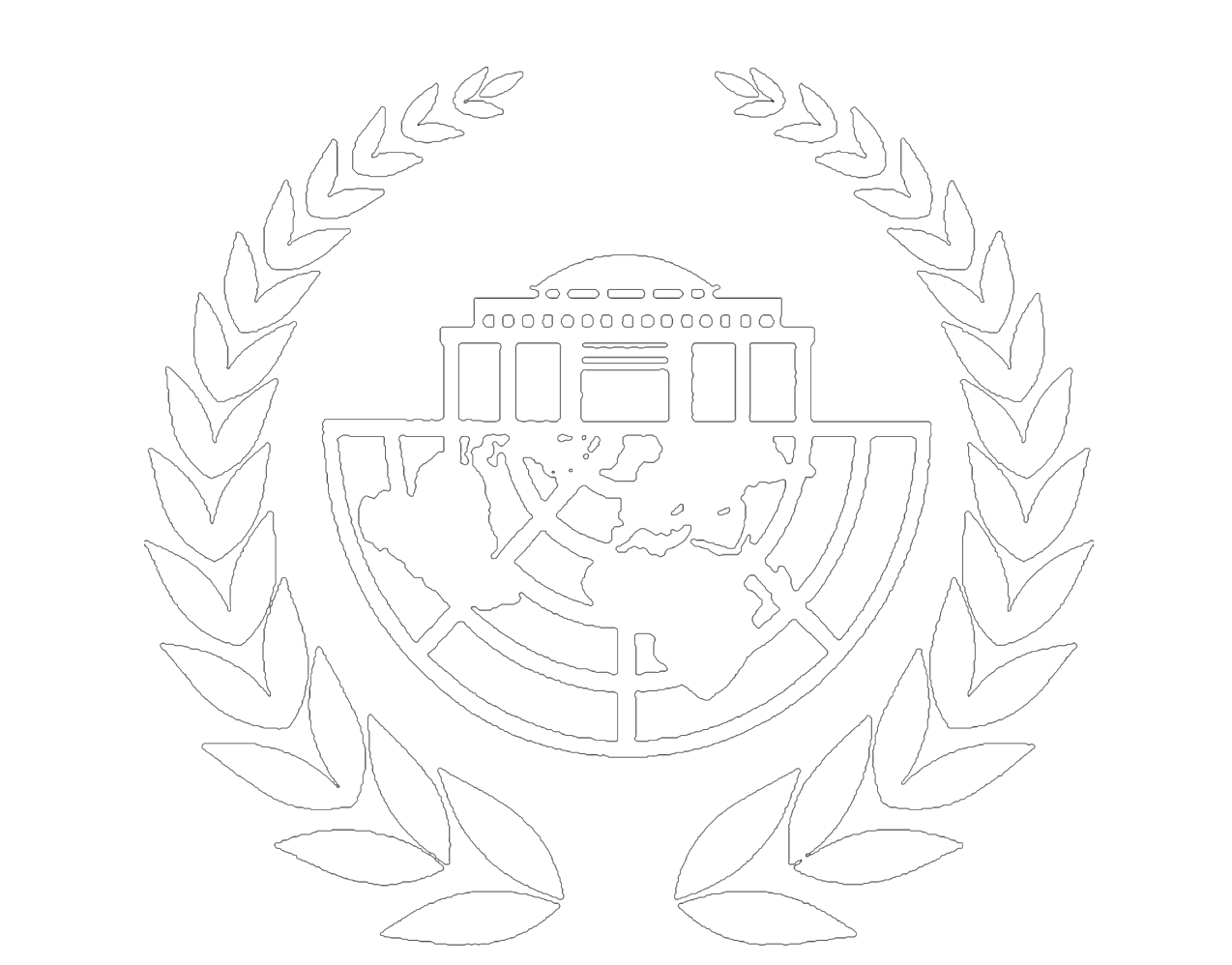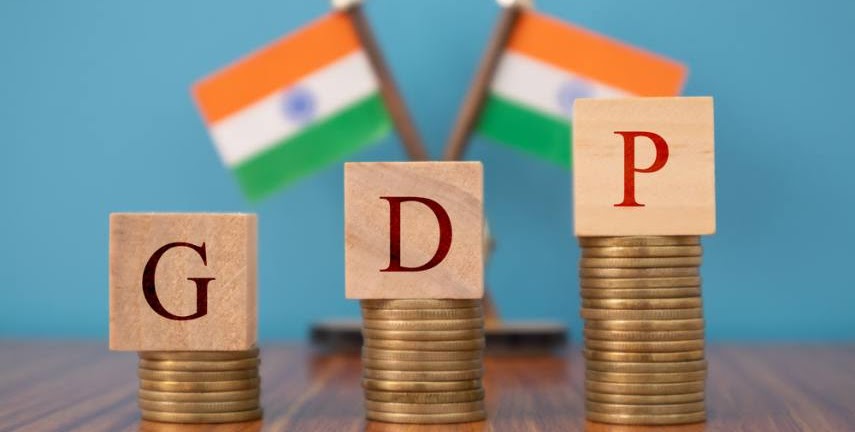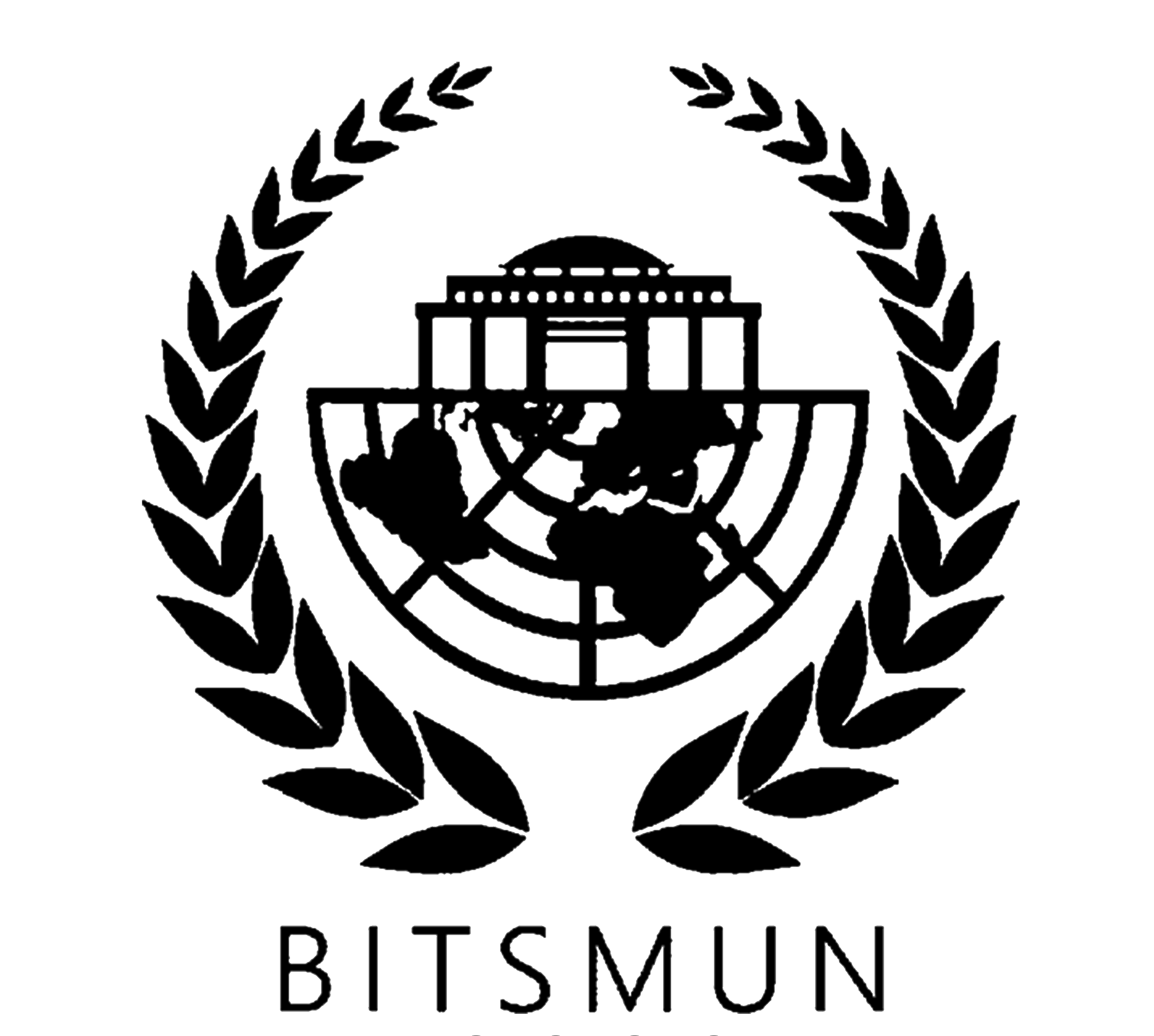The pandemic has wholly altered the predictions for the future of the Indian economy, from being touted as the fastest-growing economy predicted to grow in double digits to the present-day situation where each day we see revision in growth forecasts. Even before the pandemic, the government's fiscal policies were under the scanner as the primary reason for the pre-pandemic slowdown. Since India's economic liberation in the 1990s, the world bank has never predicted a lower growth rate for the Indian economy. However, multiple rating agencies have released predictions that paint a picture of doom, like CRISIL announcing that this will be Indians worst recession since Independence, SBI India's largest lender, decreasing its forecast for the financial year from 10.4% to 7.9%, Barclays and other major financial institutions have also cut down their predictions. On may 31 the government announced that the Indian economy had contracted by 7.3%, which is our country's worst performance in the past forty years. The pandemic affected economies worldwide, but the economic recovery in China and the USA has seen a swift rebound. Unfortunately, the recovery in India has been dismal.
The second wave of covid in India decimated not only lives but also livelihoods. The economic destruction that has been caused due to the impetuous policies of the government has been put on the backburner owing to the current health emergency. In trying to maintain the balance between lives and livelihood, the government couldn't live up to the aspirations of the Indian citizens in both aspects. The majority of the migrant labours, farmers and low skill workers are in a state of perpetual penury since the beginning of the pandemic. The dismal state of the economic recovery can be gauged from the fact that income, nutrition and employment levels are still below the baseline levels prior to the pandemic. At the same time, the government's statement that the second wave impact on the economy might not be fatal as the first wave but the impact of the second wave on livelihoods will be exponentially worse since the reserves are already depleted.
Several indicators point that the country might have a prolonged recovery which will heavily be skewed between the urban and rural sectors of the economy. The number of defaults has been steadily rising since March 2021; the country's leading private lenders, HDFC, are sceptical of the economy's future and have predicted further delinquencies in the coming months. Consumer spending has gone down the sales of cars and motorcycles have slumped by over 60% in May since all automobile expenditures are discretionary purchases. In the environment of low incomes, high unemployment, such purchases remain at an all-time low.
The remedial steps taken by the government in response to the first wave seemed to be sufficient at the time of the rollout. Still, they lack to generate the desired impact on the ground due to haphazard implementation. According to the State Bank of India, the relief package was 10 lakh crore, about 10% of the GDP, but only 0.6% of the GDP has been spent yet. The government needs to quickly course correct to ensure that the second wave of Covid doesn't leave a long-lasting impact on the Indian economy. According to the International Monetary Fund, India's debt-to-GDP ratio has risen to 90%, putting the government under pressure. In the first wave of covid, the economy showed a sharp fall followed by a more robust recovery owing to the national lockdown. Still, nowadays, when the prerogative of the lockdown is left up to the local government, the economic recovery is relatively muted due to the high levels of uncertainty.
To alleviate the suffering of the common person, the government needs to double the number of food grains it offers under PSD and ramp up the cash assistance provided to households in need. The government should also endeavour to increase job allocations and minimum wages to ensure that the recovery is distributed equally within all the sectors of the economy and there isn't a growing disparity between the recovery rate of urban and rural sectors of the economy. The primary remedial measures include increasing spending and financial assistance to the destitute, but unfortunately, increasing government spending beyond a limit can also cause fiscal problems. In order to fulfil the enormous stimulus package, the federal reserve printed about 41.6% of the total US notes in circulation in the last year. Contrary to the expectation of alleviating the symptoms of economic slowdown, they had an inflationary impact, and consumer prices are continuously increasing despite an economic slowdown. The increase in prices was initially confined to the stock market, real estate market and NFT, which despite the dire times, have ever-increasing prices. However, the increase in prices has finally seeped down to consumer goods. The price of crude oil has gone up by 79%, natural gas 60%, copper used heavily for plumbing and electronics has increased by 87%, Iron by 128%. The final resting place of inflation is the end consumer products, which is a reality in the USA. The highly generous extended unemployment benefits are highly inflationary since there are fewer goods and events to buy with more capital, increasing prices.
The Government must endeavour to walk the fine line between stimulating economic growth and preventing inflationary growth due to increased money supply. Therefore, a substantial stimulus to create strides for a futuristic growth trajectory and to diminish the daunting footprint of the second wave of the pandemic coronavirus on trade and industry would be crucial to support the economic momentum in this challenging time. The Government might be able to achieve 10% growth in FY 22 provided that sufficient stimulus funds are provided.


